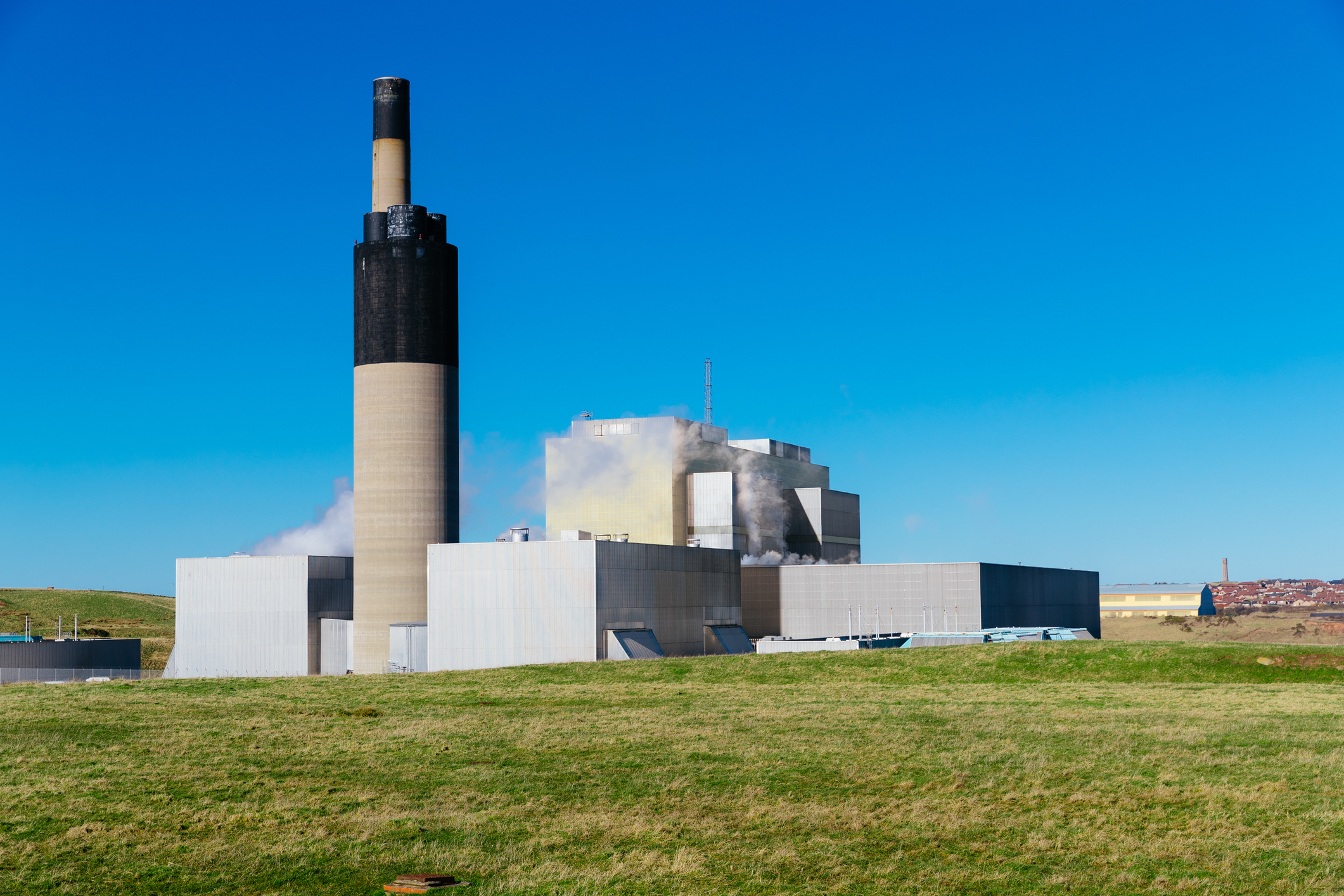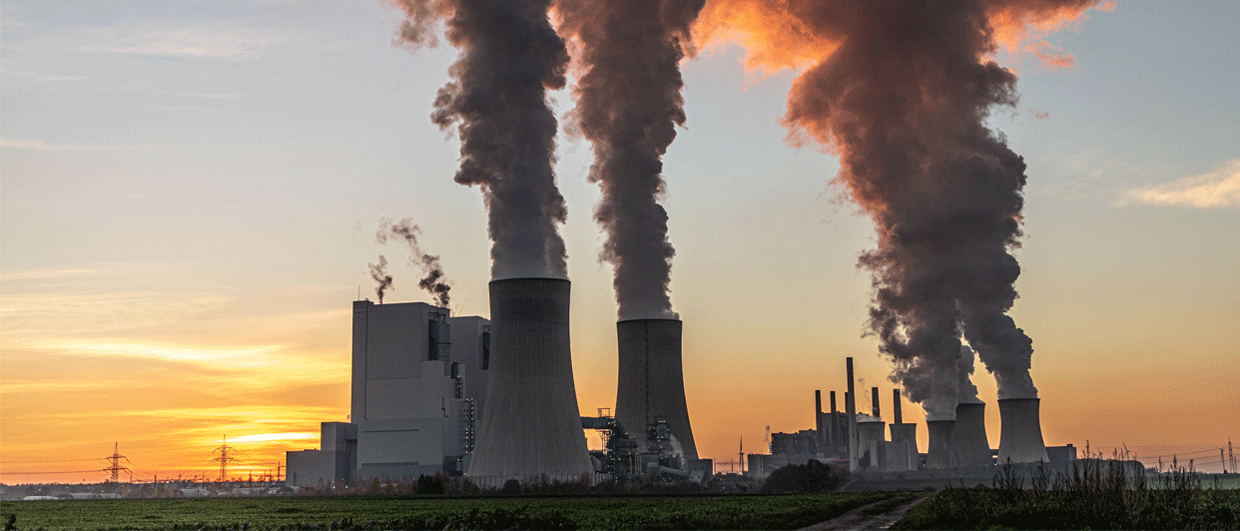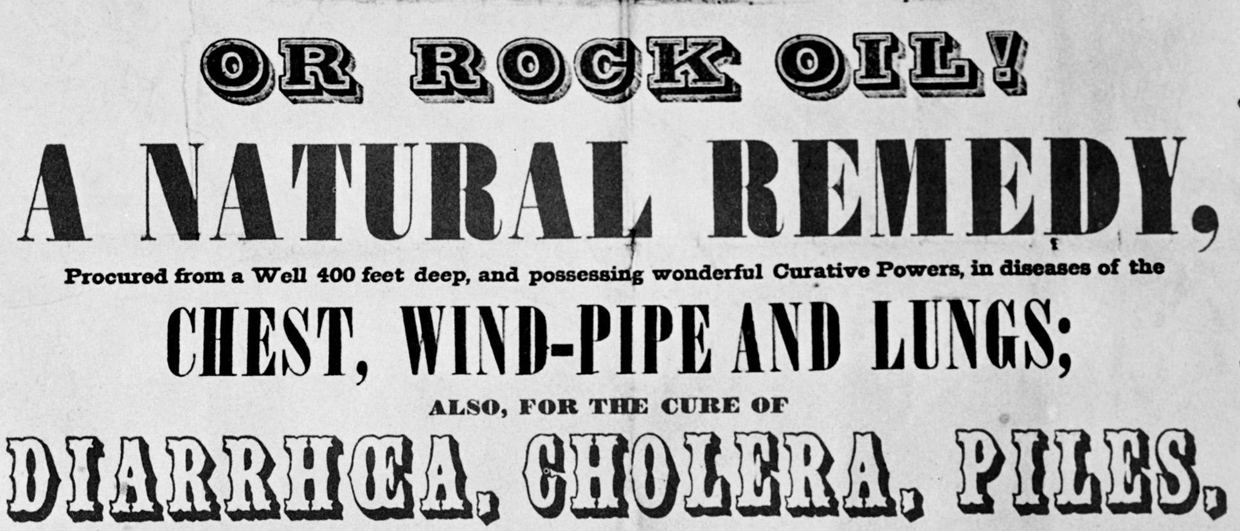Initially, at the time of the 1970s oil crisis, Carbon Capture and Storage (CCS) was proposed as a way of getting more oil out of the ground through enhanced oil recovery (EOR), culminating in the introduction of the U (utilisation) into CCUS in 2012. Then, in the mid-2000s, after rising natural gas prices spooked utilities on both sides of the Atlantic, CCS was seen as a way of getting new coal plants built in the face of major environmentalist opposition. Such opposition was generally informed by the oil crisis / peak oil / peak gas mind-set of the time, with oil production thought to cease earlier than coal production. Of course, what this opposition failed to understand at the time was that in mass terms, we will never run out of hydrocarbons, but they will remain in the ground after we end their use because it will be too expensive to extract them.
E&P companies not in the storage game yet
In the UK, bp announced in 2005 a CCS project at Peterhead based on pre-combustion capture of CO2 in a newly built power plant to back up a UK government initiative that took CCS to the forefront of international climate change policy. In addition, the hydrogen it generated fitted well with the “Beyond Petroleum” motto of the company at the time. However, shortly afterwards, UK power utilities made a ‘dash for coal’, with plans to build around ten new 800MW power plants. These plans were soon besieged by major Greenpeace-organised protests extended to Westminster and other power plant sites. As a result, pre-combustion capture on natural gas became completely irrelevant, both technically and politically.
What was needed was a post-combustion capture solution for the new coal plants, which was started in 2007. Then, the recession came along, UK electricity demand dropped rapidly by over 5 % and global gas prices fell on weak demand. UK utilities subsequently abandoned all plans to build new coal power plants and the competition for new coal plants with CCS therefore became unnecessary.
CCS, however, was still recognised by the UK government as important, if no longer urgent, to help achieve an 80 % reduction in emissions by 2050, and a project to demonstrate full-chain CCS at a small scale was launched. This resulted in a post-combustion capture retrofit project, largely led by Shell, at the existing natural gas power plant in Peterhead, and a new-build coal oxyfuel project at Drax, which included industrial partners with expertise in capture and onshore CO2 transport. But, importantly, no E&P company was involved in handling the geological storage.
Limitless gas
In the meantime, across the Atlantic, shale gas expanded rapidly. This led to a situation that continues today, where it appears that global natural gas supplies are unlikely to be commercially constrained for the foreseeable future, with major exports from the USA via LNG. This made coal CCS projects less popular in the USA.
Instead, it spurred oil field CO2 injection pilots utilizing EOR to successfully increase recovery rates as high as 25 % of Original Oil in Place (OOIP). Pennzoil’s SACROC (Scurry Area Canyon Reef Operators Committee) Unit, initiated in 1972, stands as the world’s largest CO2 flood within the Permian Basin’s depleted Kelly-Snyder oil field. This 205 km2 project, targeting a depleted carbonate reservoir, has a long history of CO2 EOR. Initially, CO2 came from nearby gas plants, but inconsistent supply led to a 1996 switch to natural CO2 from Colorado. While early estimations placed recovery at 8 % of OOIP, Kinder Morgan’s operations have driven cumulative CO2 injection past 7 trillion ft3 (TCF), yielding over 180 million barrels of EOR. These long-term projects are the unsung heroes of CCS and provide invaluable data on CO2 trapping.

In the meantime, in Canada
In Canada, significant early advancements in CO2 storage monitoring began in 2000 with the Weyburn CO2 Storage and Monitoring Project. This international collaborative scientific study aimed to evaluate the technical feasibility of storing CO2 in geological formations, particularly focusing on oil reservoirs, while also developing world-class best practices for project execution. Recognizing that large-scale CO2 storage in saline aquifers was likely the most viable option for CCS, Shell launched the Quest project in 2015, successfully sequestering over 1 MT annually in a deep sandstone saline reservoir.
SaskPower’s Boundary Dam project, the first commercial-scale post-combustion CCS initiative at a coal-fired power plant, began capturing CO2 in 2014. Since then, it has captured over 6.5 MT of CO2, which has been used for sequestration at the Aquistore project and for EOR at Whitecap Resources’ Weyburn CO2-EOR field.
… as industry veterans will tell you, CCS has been a roller coaster ride from an oil crisis to one of a range of potential low-carbon technologies that surely needs to be addressed at scale now
E&P companies in the storage game
Back in the UK, a natural gas and CCS project might have succeeded, but the first-of-a kind small-scale unit costs were too high, and there was little prospect of larger amounts of fossil-fuelled power generation being built in Scotland in the longer term. In turn, this was mainly driven by the extensive wind power construction north of the Border. To cap it off, in early 2015 the Department of Energy and Climate Change (DECC) effectively gave away the low-carbon electricity support funding it had reserved to cover CCS running costs to fund extra intermittent forms of renewables instead.
Nonetheless, following the Paris Agreement in 2016, the UK and many other countries began a journey to transition to net-zero. Prior to this, E&P companies were not under pressure to deliver on CCS as it was mainly for coal facilities, who were mainly not up to the task. It is only really at this point that E&P companies really began to engage and find technical solutions to deliver CCS across all aspects of hydrocarbon use and in varying geologic areas, especially in areas like the North Sea and the USA that have a wide range of storage sites. This movement is still valid today.
A true roller coaster
In summary, as industry veterans will tell you, CCS has been a roller coaster ride from an oil crisis to one of a range of potential low-carbon technologies that surely needs to be addressed at scale now. And whilst doing so, the nascent CCS industry would be wise to not discount the know-how of the long running EOR projects in a bid to achieve the long-term objective of decarbonising the energy system. However, this conceptual realisation can only be translated into the necessary large-scale deployment if the various countries signed up to the Paris Agreement invest a significant fraction of the money devoted to infrastructure to fund CCS technologies that are critical for delivering it. Currently, planned CCS capacity is 2.0 – 2.5 % of current emissions in the USA and UK/EU, with high project cancellation rates observed as the CCS value chain becomes more complex to achieve economies of scale. So, it has to be concluded that any pipeline of projects is speculative at best. Just as it always was.
This article draws on Gibbins, Chapter 17: ‘CCS – From an Oil Crisis to a Climate Crisis Response’ in Carbon Capture and Storage, Edited by Mai Bui; Niall Mac Dowell, Royal Society of Chemistry, 2019, with added material from experience in the USA and Canada. All of the assertions and conclusions are, however, solely the responsibility of the author.





